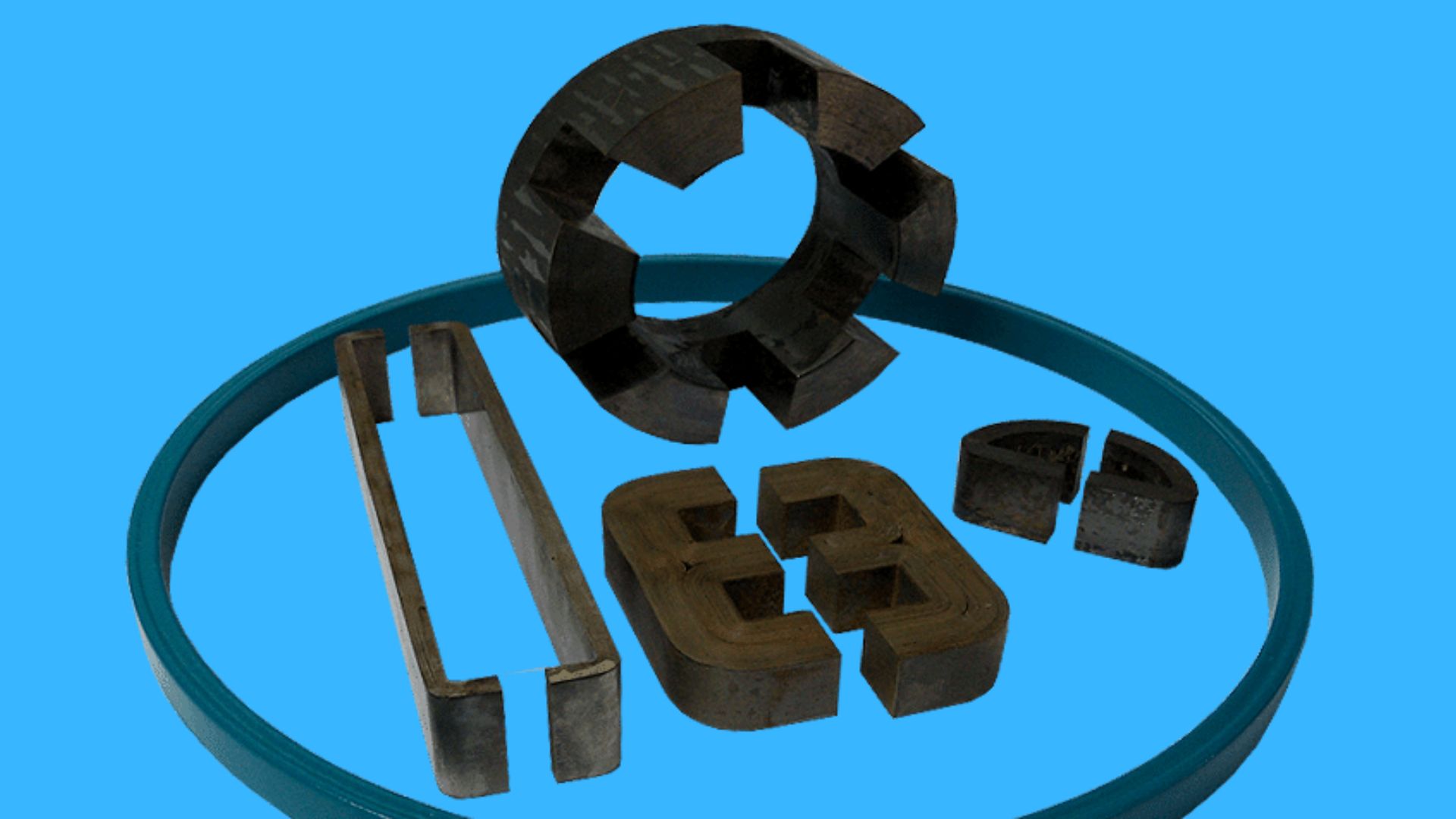This blog post explores the essential role of magnetic cores in engineering, emphasizing their importance in powering devices like transformers and electric motors. It will cover the basics of magnetic cores, their various types and materials, and their applications across different fields. Additionally, the post will discuss their key contribution to modern innovations and future trends, offering readers a clear understanding of their significance in driving technological advancements.
What are Magnetic Cores and How Do They Work?
Magnetic cores form the heart of many electromagnetic devices, acting as a pathway for magnetic flux. But what exactly are they, and how do they work? At their core (pun intended), magnetic cores are materials with high magnetic permeability, which are used to confine and guide magnetic fields in electrical devices.
These cores enhance the magnetic field created by a coil of wire, making the electromagnetic device more efficient. When an electric current passes through the coil, it generates a magnetic field. The core amplifies this field, allowing the device to operate effectively without needing excessive energy.
The basic working principle involves magnetic domains, tiny regions within the material that align with the magnetic field. When the magnetic domains align, the core becomes magnetized, enhancing the overall magnetic field generated by the coil. This process is fundamental to the operation of transformers, inductors, and other electromagnetic devices.
Types of Magnetic Cores
Ferrite Cores
Ferrite cores are widely used in high-frequency applications due to their high electrical resistivity and low eddy current losses. They are typically made from a mixture of iron oxide and other metallic elements. Ferrite cores are common in transformers, inductors, and antennas.
Powdered Iron Cores
Powdered iron cores are another type of magnetic core known for their high saturation levels and low cost. These cores are made from iron powder mixed with a binder. They are typically used in applications where low core losses and high stability are essential, such as in radio frequency (RF) circuits and power supplies.
Laminated Steel Cores
Laminated steel cores are composed of thin layers of steel stacked together. This design reduces eddy current losses, making them ideal for low-frequency applications like transformers and electric motors. The lamination also helps in maintaining the efficiency of these devices by minimizing energy loss.
Nanocrystalline Cores
Nanocrystalline cores are relatively new but highly effective, especially when combined with planar core designs. Made from nanocrystalline materials, they offer extremely high magnetic permeability and low core losses. These cores are ideal for high-efficiency transformers, inductors, and other applications requiring minimal energy loss.
The Role of Magnetic Cores in Modern Innovations
Magnetic cores are integral to several modern engineering marvels. Let’s take a closer look at some real-world applications and case studies to understand their significance.
Electric Vehicles (EVs)
In electric vehicles, magnetic cores are used in both the motor and the charging system. The efficiency of these cores directly impacts the overall performance and range of the EV. For instance, ferrite cores are commonly used in onboard chargers to enhance energy transfer efficiency.
Renewable Energy Systems
In renewable energy systems like wind turbines and solar inverters, magnetic cores play a crucial role in converting and managing energy efficiently. Powdered iron cores are often used in inverters to reduce losses and improve the overall efficiency of energy conversion.
Medical Devices
Magnetic cores are also vital in medical devices such as MRI machines and diagnostic equipment. The high magnetic permeability of nanocrystalline cores allows for precise imaging and diagnostics, making these devices more accurate and reliable.
Future Trends in Magnetic Core Technology
Advanced Materials
The development of advanced materials like nanocrystalline and amorphous alloys is set to revolutionize the field of magnetic cores. These materials offer higher efficiency and lower losses, making them ideal for next-generation electromagnetic devices.
Smart Grids
The integration of magnetic cores in smart grid technology is another emerging trend. Smart grids require highly efficient transformers and inductors to manage the distribution of electricity. Advanced magnetic cores can help in achieving this efficiency, making the grid more reliable and sustainable.
IoT and Wearables
With the rise of the Internet of Things (IoT) and wearable technology, there is a growing need for compact and efficient electromagnetic devices. Magnetic cores that offer high performance in a small form factor are essential for these applications, paving the way for more innovative and efficient designs.
Conclusion
Magnetic cores are indispensable in the world of engineering, serving as the backbone of many modern technologies. From electric vehicles to renewable energy systems and medical devices, their applications are vast and varied. Understanding the different types of magnetic cores and their specific uses can provide valuable insights into how these components drive innovation and efficiency.




